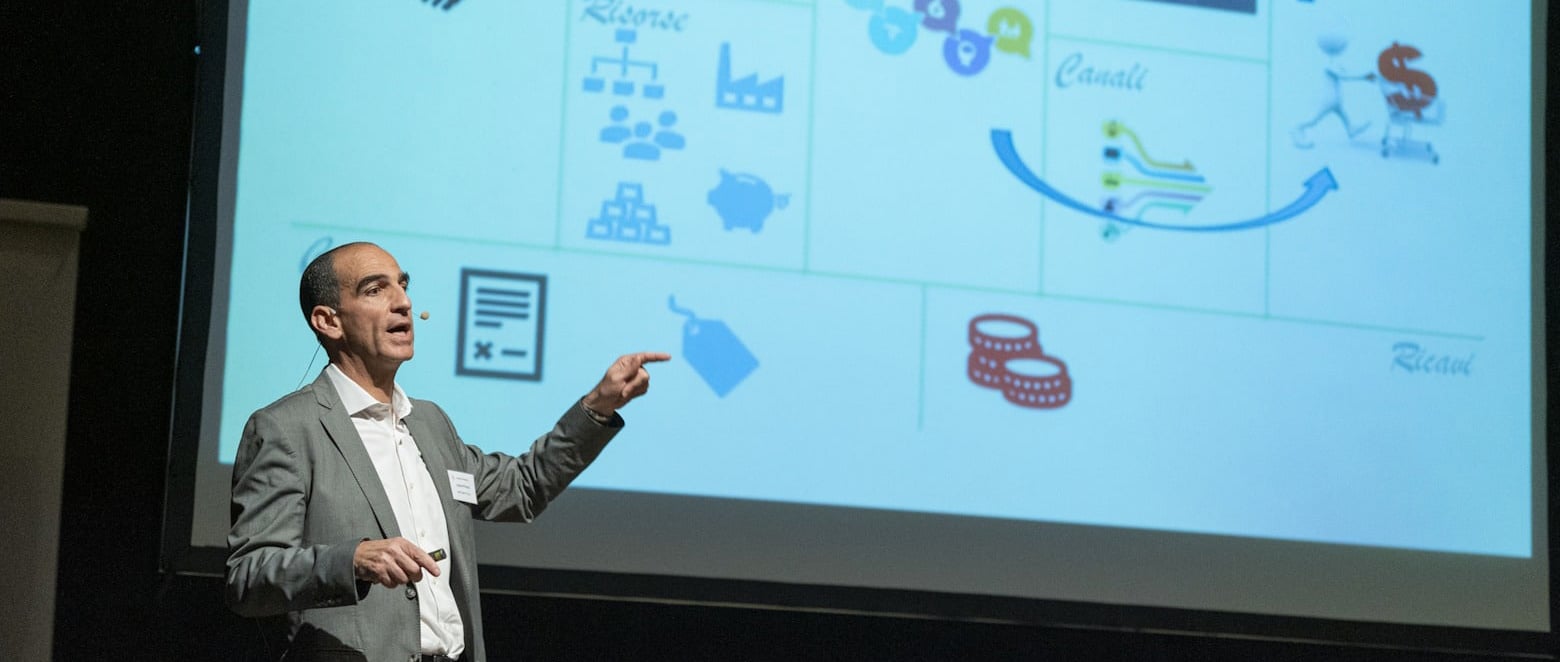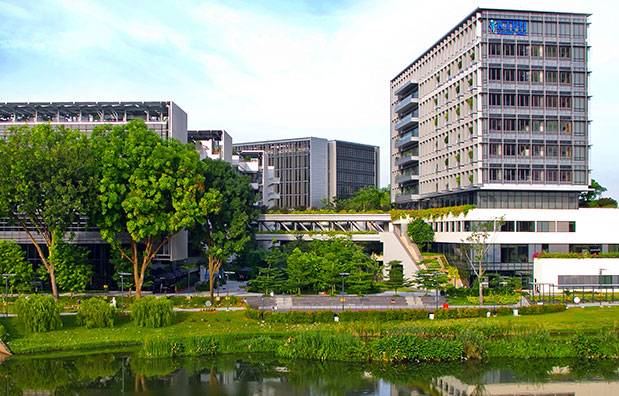Spanish apparel giant Zara is headquartered in Arteixo, A Corua, Galicia. The biggest clothes retailer in the world, the Inditex company, has its flagship chain here. Rosala Mera Goyenechea, Amancio Ortega Gaona’s ex-wife, and together created Zara in 1975. In 96 locations, the corporation runs over 3,000 outlets. Its offerings include apparel, shoes, swimsuits, accessories, beauty goods, and fragrances.
Zara has received plaudits for its cutting-edge business strategy and capacity to keep one step ahead of the competition. However, the business has also come under fire for its treatment of employees and its effects on the environment. Interbrand named Zara the most valuable fashion brand in the world in 2022. The corporation generates about €32 billion in sales each year.
In terms of sales and income, Zara has achieved great success. The business is able to swiftly launch new items and adjust to trends. It has a devoted consumer base and a strong brand identity that is known around the globe. The business has, however, encountered certain difficulties, such as criticism of its employment policies and environmental effect. It has been charged of ripping off the designs of other companies.
Zara’s Points for

Among its many admirable qualities are data-driven decision-making, an inventive supply chain, and good financial results. Here are some further information on the advantages:
Data-driven Decision-making
When making design and manufacturing choices, Zara considers information from its retail locations, social media, and consumer reviews. The organization is able to better understand and serve its customers because to this data-driven strategy. For instance, to determine which products are selling well and which are not, Zara monitors sales data from its shops.
Using this data, it is then decided which products to increase production of and which to stop. The firm has been able to swiftly respond to shifting fashion trends, keep one step ahead of its rivals, and maintain a high level of consumer satisfaction because to this data-driven strategy.
Organizational social responsibility
As a socially conscious business, Zara is dedicated to giving back to the communities where it does business. It has implemented a number of sustainability efforts, such as measures to promote sustainable development, aid those in need, and recycle garments.
The company’s effort to promote sustainable development is geared on lessening its environmental effect. The World Economic Forum and the United Nations have praised Zara for its sustainability efforts, which are evidence of the company’s dedication to making a good difference in the world.

favorable financial results
The business has a solid financial foundation and a history of prosperity. In recent years, the company’s earnings have expanded along with its sales growth. For instance, Zara had €27.8 billion in sales and €3.8 billion in net profits in 2022. It had a 12% return on assets and a 20% return on equity.
The firm has been able to invest in additional shops, goods, and technology because to its solid financial success. The firm has expanded its operations and turned into one of the most renowned fashion shops in the world thanks to its capacity to produce significant income and profits.
efficient marketing and branding
The company largely depends on word-of-mouth advertising and its reputation for stylish, reasonably priced clothes. Because word-of-mouth promotion is so successful for the business, Zara doesn’t invest much in conventional advertising. Instead, Zara focuses on word-of-mouth and social media to spread the word about the brand among its patrons.
The firm has developed a strong brand identity and a following of devoted customers thanks to this approach, which has been incredibly effective for Zara. Its usage of social media contributes to its image as a retailer of stylish, reasonably priced apparel. The business often shares images of its newest collections on social media, which encourages anticipation and enthusiasm among its fans.
Quick-turnaround Model
Zara is renowned for its fast-fashion business strategy, which enables it to swiftly adjust to shifting consumer tastes and fashion trends. Zara’s vertical integration, which manages its supply chain from design to distribution, enables this. One of its most significant competitive advantages is its quick time to market.
The business can swiftly adapt to shifting fashion trends and consumer preferences by designing, producing, and distributing new apparel products in as little as 15 days. This keeps consumers coming back for more. The business can keep ahead of the competition and provide clients with the newest fashions because to its swift ability to adjust to shifting fashion trends and customer preferences.
globally significant presence
Additionally, Zara has more than 2,000 outlets in more than 90 countries, giving them a strong worldwide presence. This enables the business to access a large client base and benefit from global fashion trends. Due to its widespread presence, Zara is able to take advantage of regional fashion trends and modify its items appropriately.
For instance, Zara can swiftly make a certain style if it becomes popular in China for its shops there. This enables Zara to keep one step ahead of the competition and provide clients with the newest fashions available in their different nations. Due to Zara’s extensive worldwide reach, it is also able to acquire materials at competitive prices from all around the globe.
Different Designs
The brand’s designers are always striving to provide fresh and cutting-edge looks that follow the newest fashion trends. This aids Zara in standing apart from other companies. The designers of Zara frequently draw inspiration from street style and popular culture to produce pieces that are both fashionable and affordable. For instance, the designers at Zara have been known to draw inspiration from famous people and social media followers.
This enables Zara to provide consumers the newest fashions and keep on top of trends. The manufacturer can concentrate on quality and fit since the designs are often straightforward and basic. Clothing from Zara is often constructed from premium materials and well fitted to the body. This aids Zara in producing fashionable and cozy clothing.
loyal clientele
Customers drawn to Zara’s inexpensive pricing, distinctive designs, and high-quality goods tend to be young and fashion-conscious, seeking for fashionable but affordable clothing they can wear often. Zara has a devoted consumer base as a result. Customers are greatly attracted by the low costs. Even though the company’s clothing is often more affordable than other high-end fashion labels, it is nonetheless well-made and designed.
Because of this, Zara is a well-liked option for those who wish to dress stylishly yet on a budget. Another significant appeal for buyers is Zara’s distinctive designs. The company’s clothing often has well-fitting body-hugging tailoring. This aids Zara in producing fashionable and cozy clothing.
Zara’s Defects
The company’s disadvantages include, among others, a devotion to rapid fashion, fierce competition from other companies, and poor customer service. Details are provided below:
Future ambiguity
Zara, a significant participant in the fast-fashion market, may face difficulties as a result of the industry’s uncertain future. The fast-fashion business is coming under more and more attention because of its ethical and environmental implications. Consumer reaction might result from this, which could reduce sales for Zara. The growth of internet shopping is also a problem for Zara, whose business strategy heavily depends on its physical locations.
To continue to be successful, Zara will need to make adjustments to its business model, product lineup, and marketing approach. To solve the environmental issues brought up with the fast-fashion sector, Zara may, for instance, concentrate on creating more environmentally friendly clothes.
a dedication to quick fashion
Fast fashion is a Zara priority, which has raised ethical and environmental concerns. A business strategy known as “fast fashion” depends on the quick manufacture and consumption of apparel. As a result, there may be environmental issues including excessive resource usage and waste creation.
For its possible ethical ramifications, Zara has also drawn criticism. The business is charged of utilizing slave labor and underpaying its employees. Zara has taken action to allay these worries, including establishing a supplier code of conduct. The firm is still criticized, however, since some contend that Zara’s dedication to fast fashion is fundamentally immoral and unsustainable.
inadequate client service
Poor customer service is yet another serious flaw. Long wait periods, incompetent employees, and a lack of transparency have all been complaints from customers. Some clients have moved their business elsewhere as a result of this. As an example, some clients have waited hours to talk with a customer support agent. Others have heard that, even if the goods are damaged, they cannot be returned.
Others, however, have received misinformation regarding the merchandise or shipment. The problem has been noted, and Zara is attempting to enhance its customer support. The business has expanded its personnel and given its workers training. The business still has a ways to go, however.
reliance on trend prediction
More specifically, Zara’s success is primarily dependent on its capacity to correctly foresee and adapt to fashion trends. It employs a group of trend forecasters that traverse the globe to stay current with fashion trends. Using this data, designers and manufacturers create apparel that is likely to be well-liked by customers. Zara may lose market share to rivals that are better at trend forecasting, however, if it can’t effectively identify trends.
Zara’s reliance on trend analysis has pros and cons. On the one hand, it enables the business to keep up with trends and provide clients the newest looks. On the other hand, it exposes the business to shifts in fashion trends and market share loss to rivals who are better able to predict trends.
Supply chain disruption
An intricate global network of suppliers makes up the supply chain for Zara. The firm is able to react to fashion trends rapidly because to its flexible supply network. It is also susceptible to setbacks brought on by calamities, unstable political environments, or labor strikes, all of which may delay production and delivery, dissatisfy consumers, and harm Zara’s revenue.
The supply chain for Zara is a complicated problem with both good and bad effects. The continuity of the company’s supply chain is essential to its success. But this also leaves it open to interruptions. In order to reduce the danger of interruptions, Zara will need to keep an eye on its supply chain.
arduous competition
Zara finds it difficult to hold onto market share and draw in new consumers due to fierce competition from rival fast-fashion companies like H&M and Forever 21. As more firms join the market, the fast-fashion sector becomes more and more cutthroat. Zara now has it considerably harder to keep its market share and draw in new clients.
Zara’s ability to react rapidly to changing fashion trends gives them a competitive edge. However, as more and more companies use comparable tactics, this advantage is becoming less and less tenable. Zara will have to come up with fresh strategies to set itself apart from its rivals, including emphasizing sustainability, providing more individualized items, or entering new markets.



